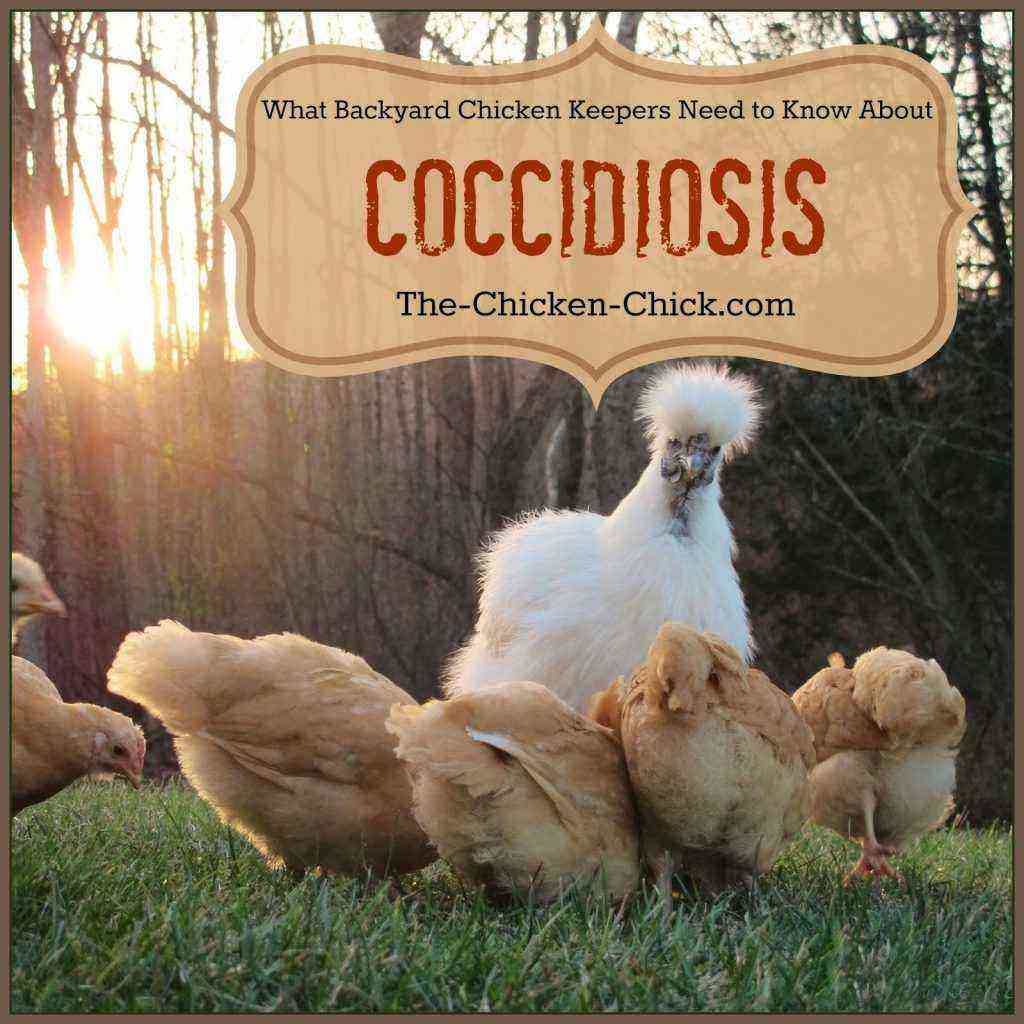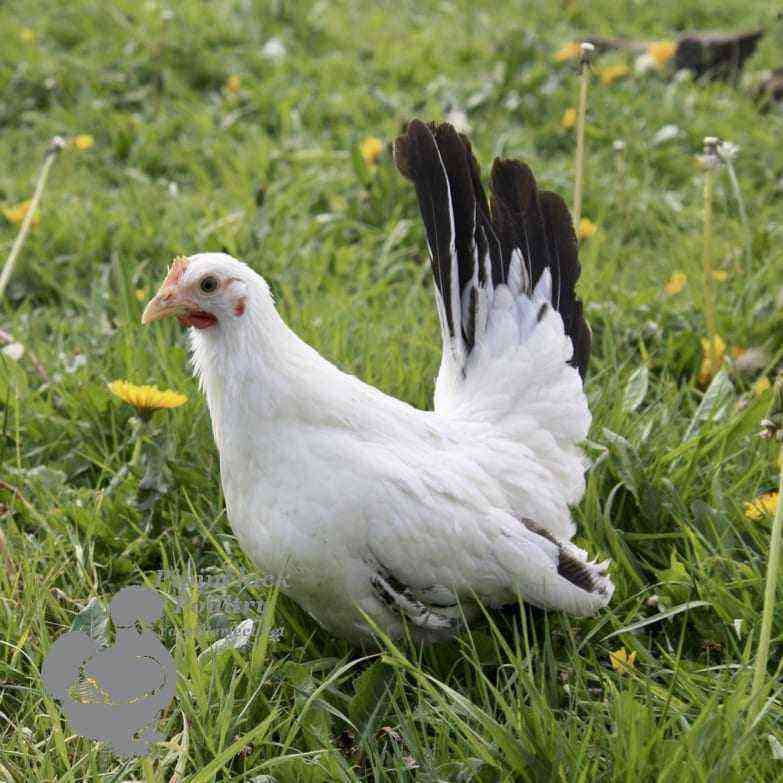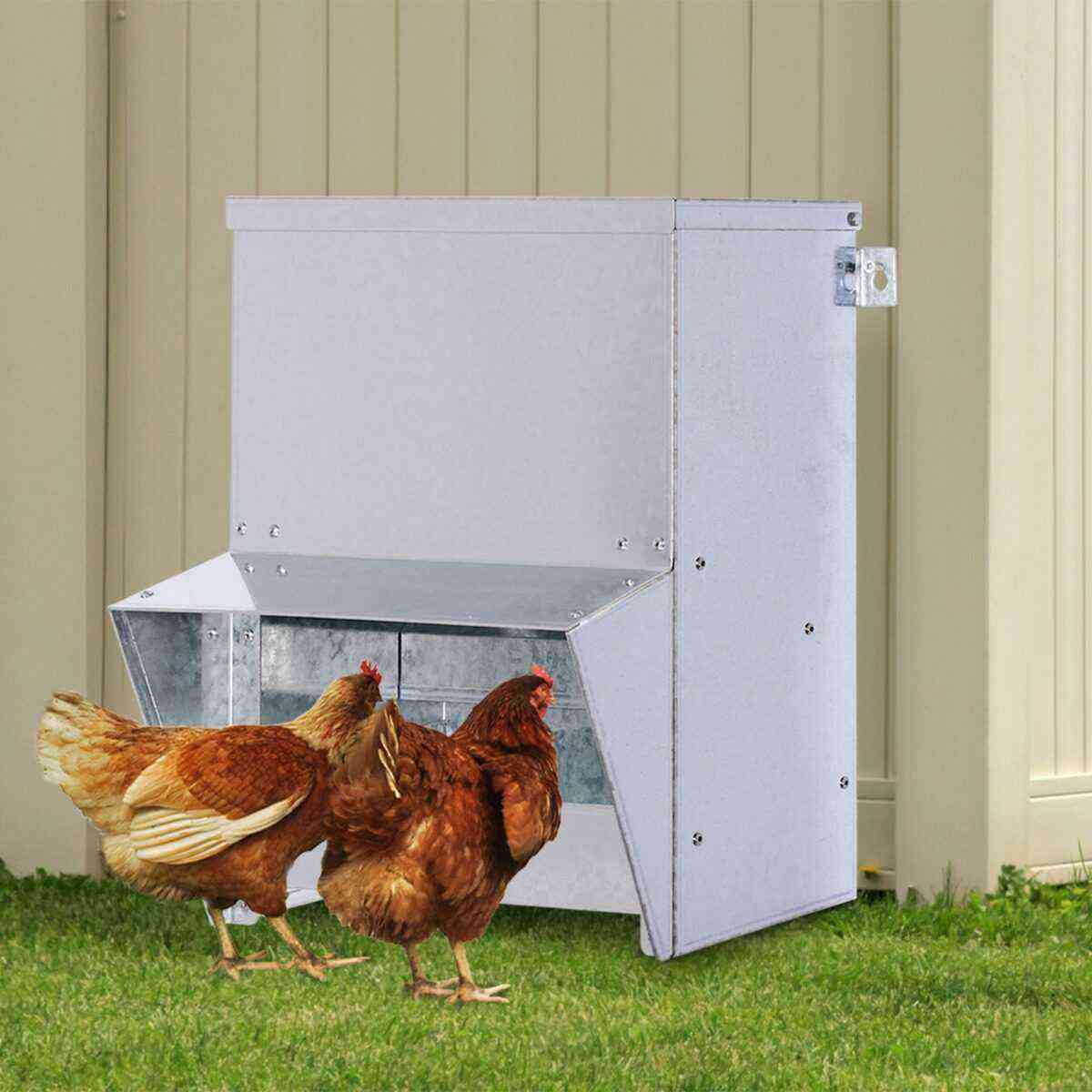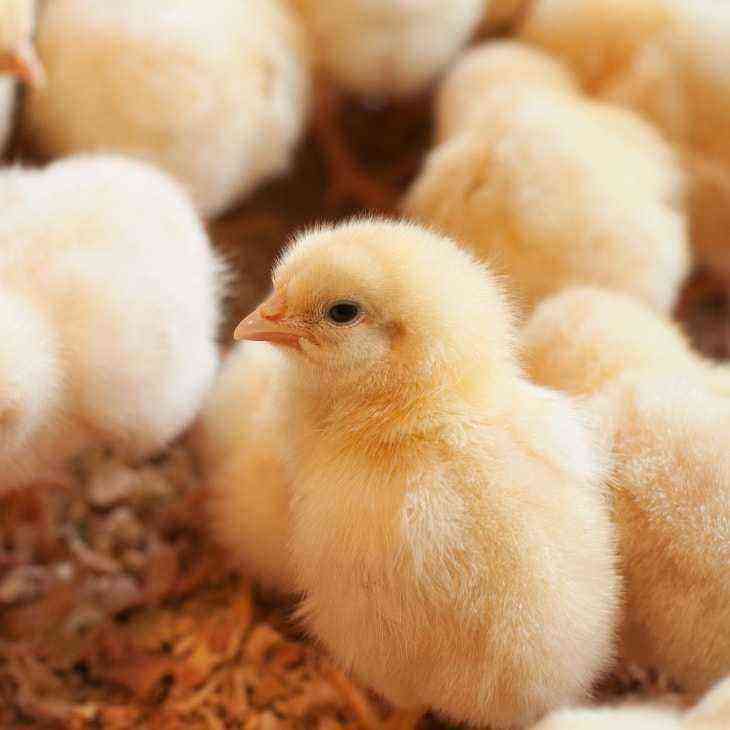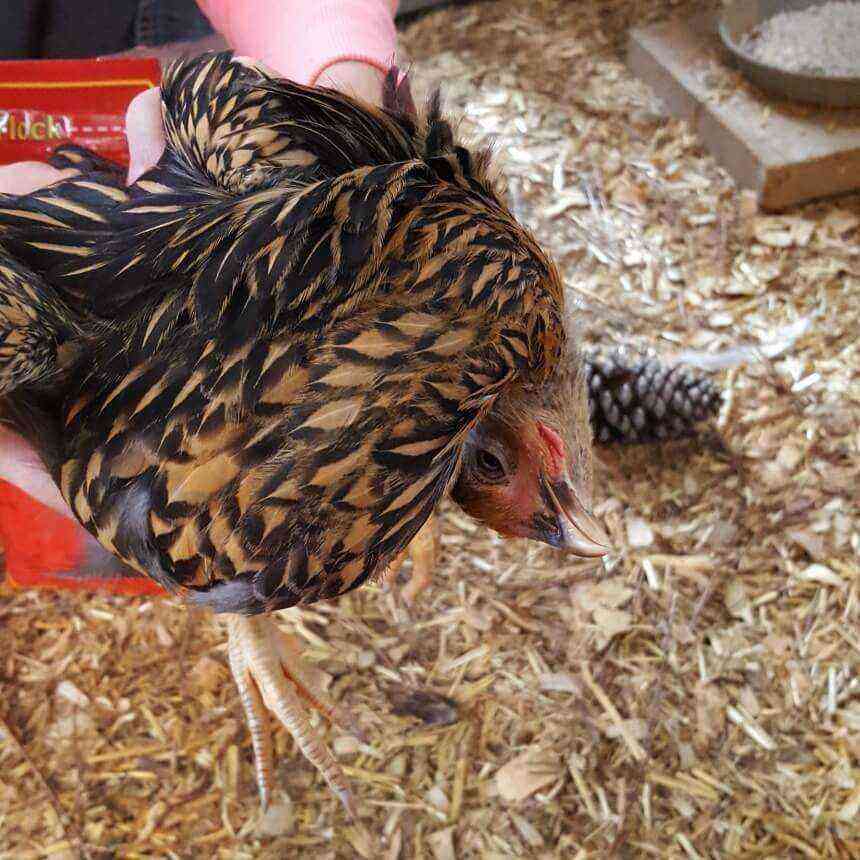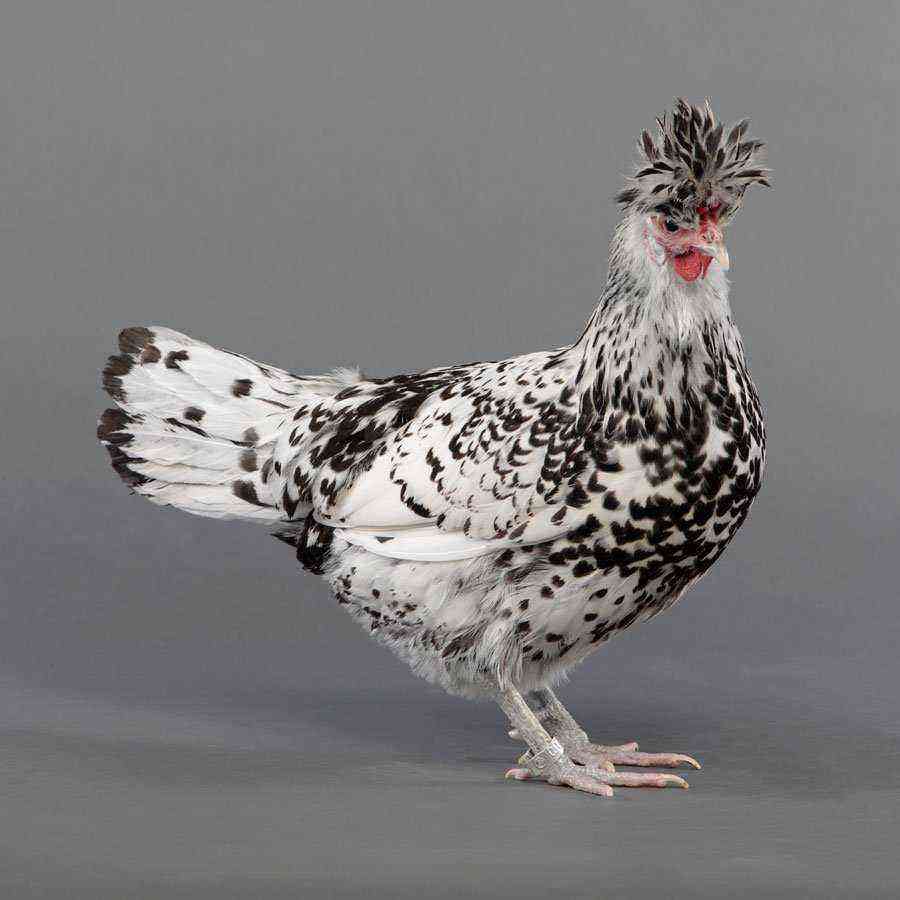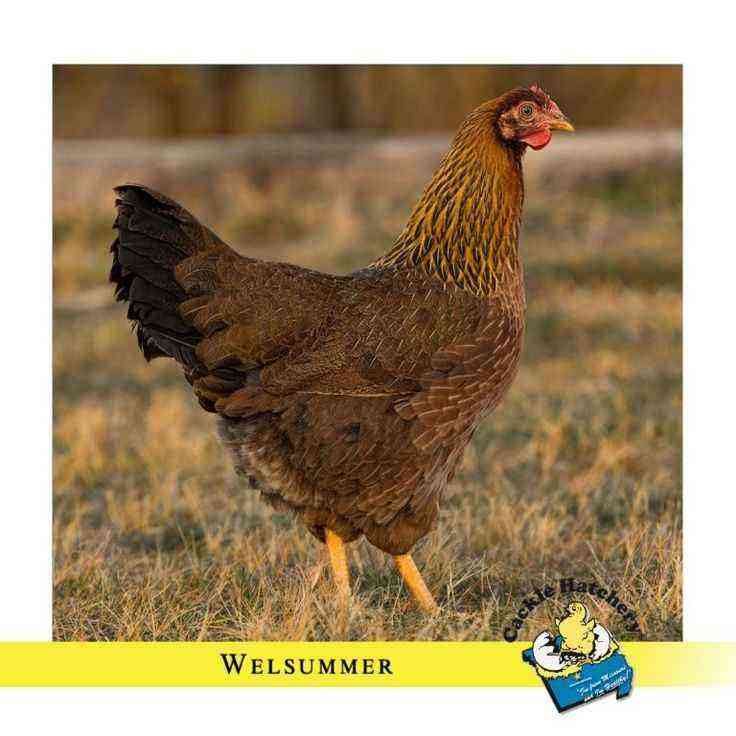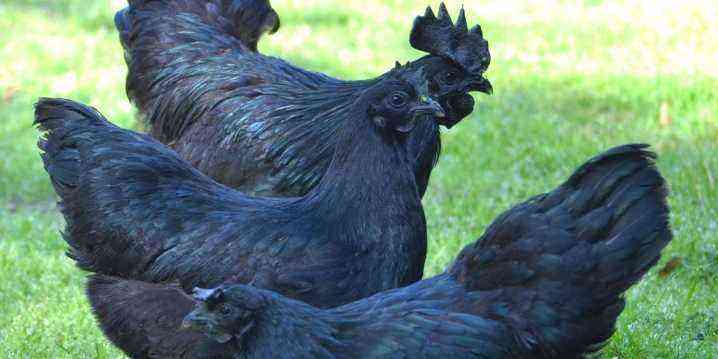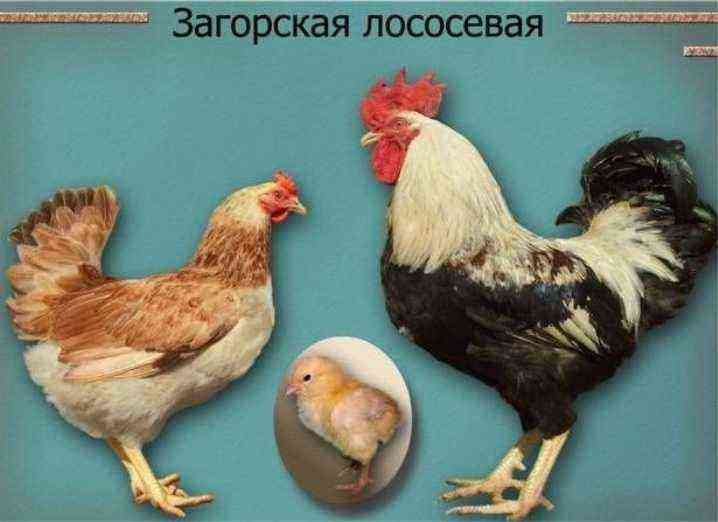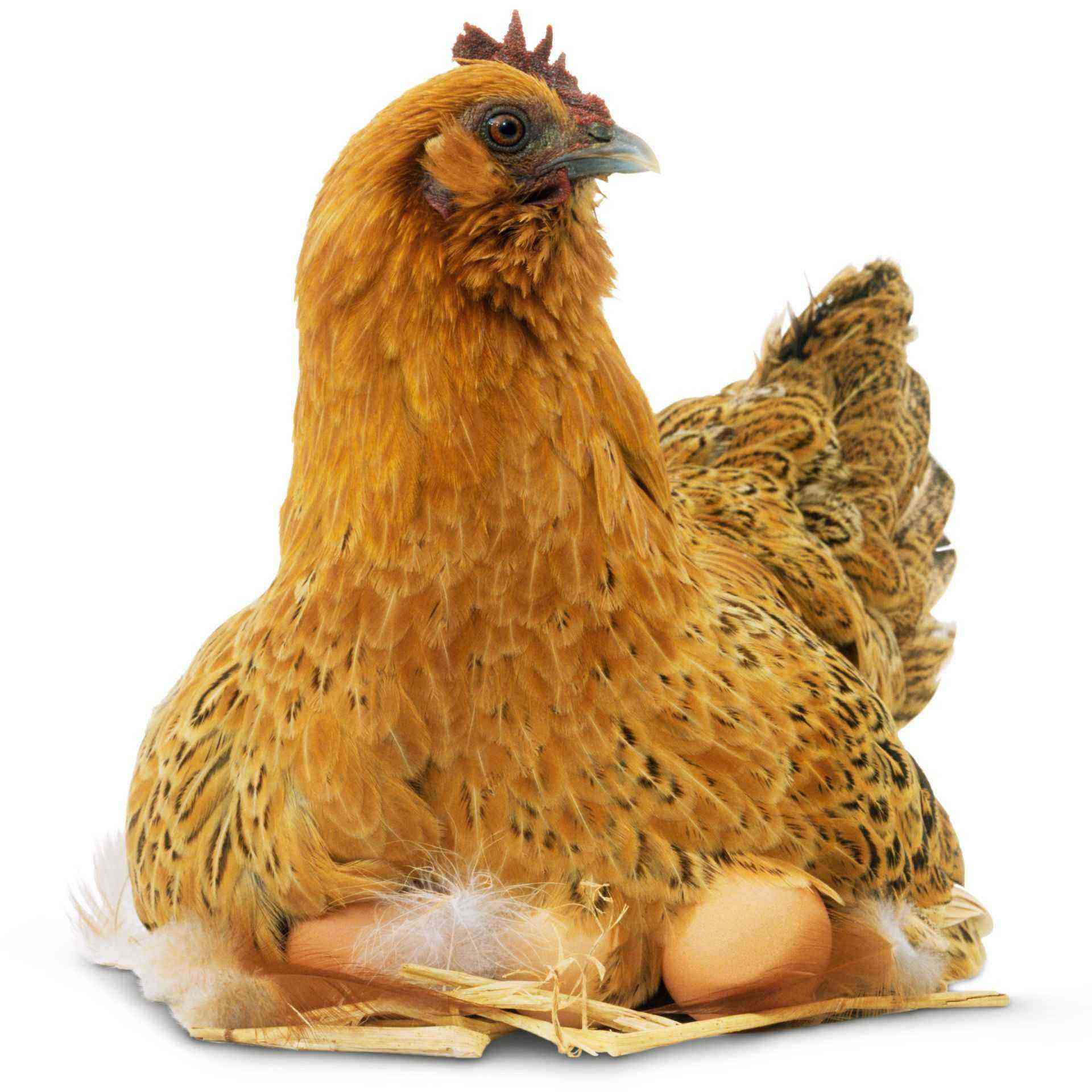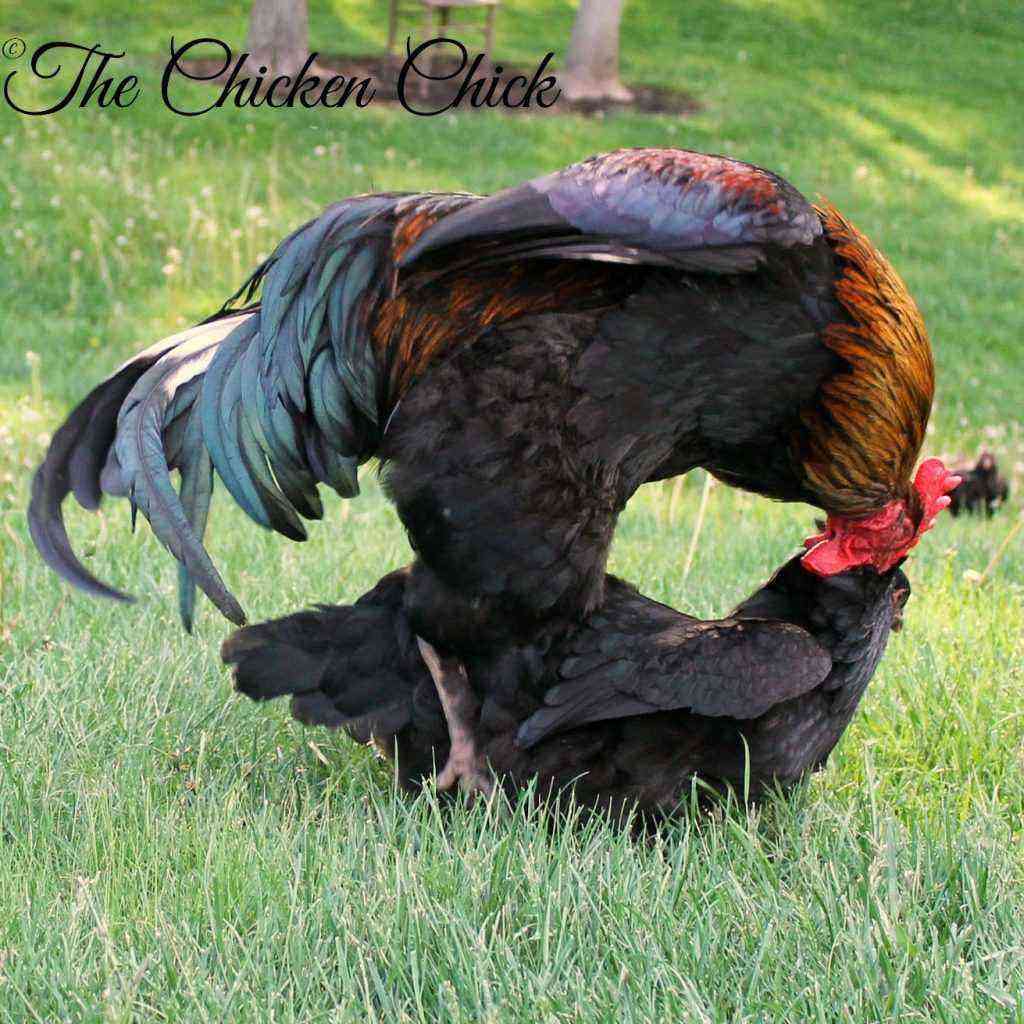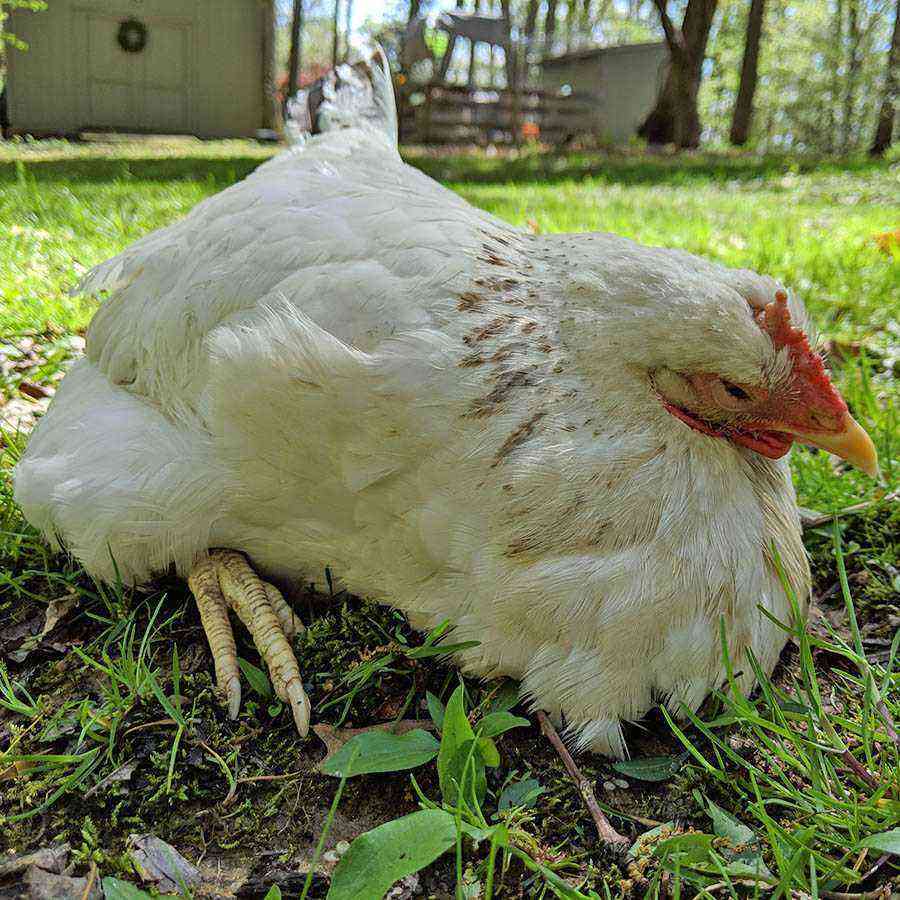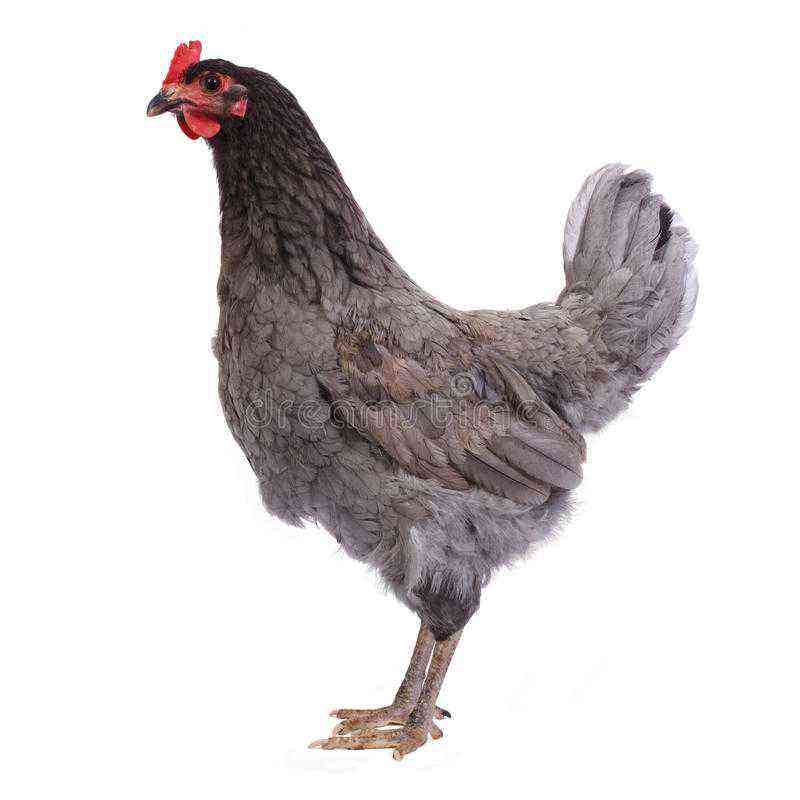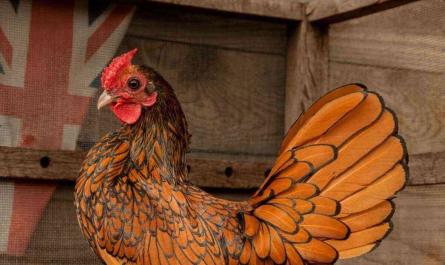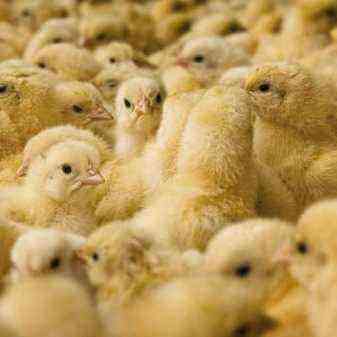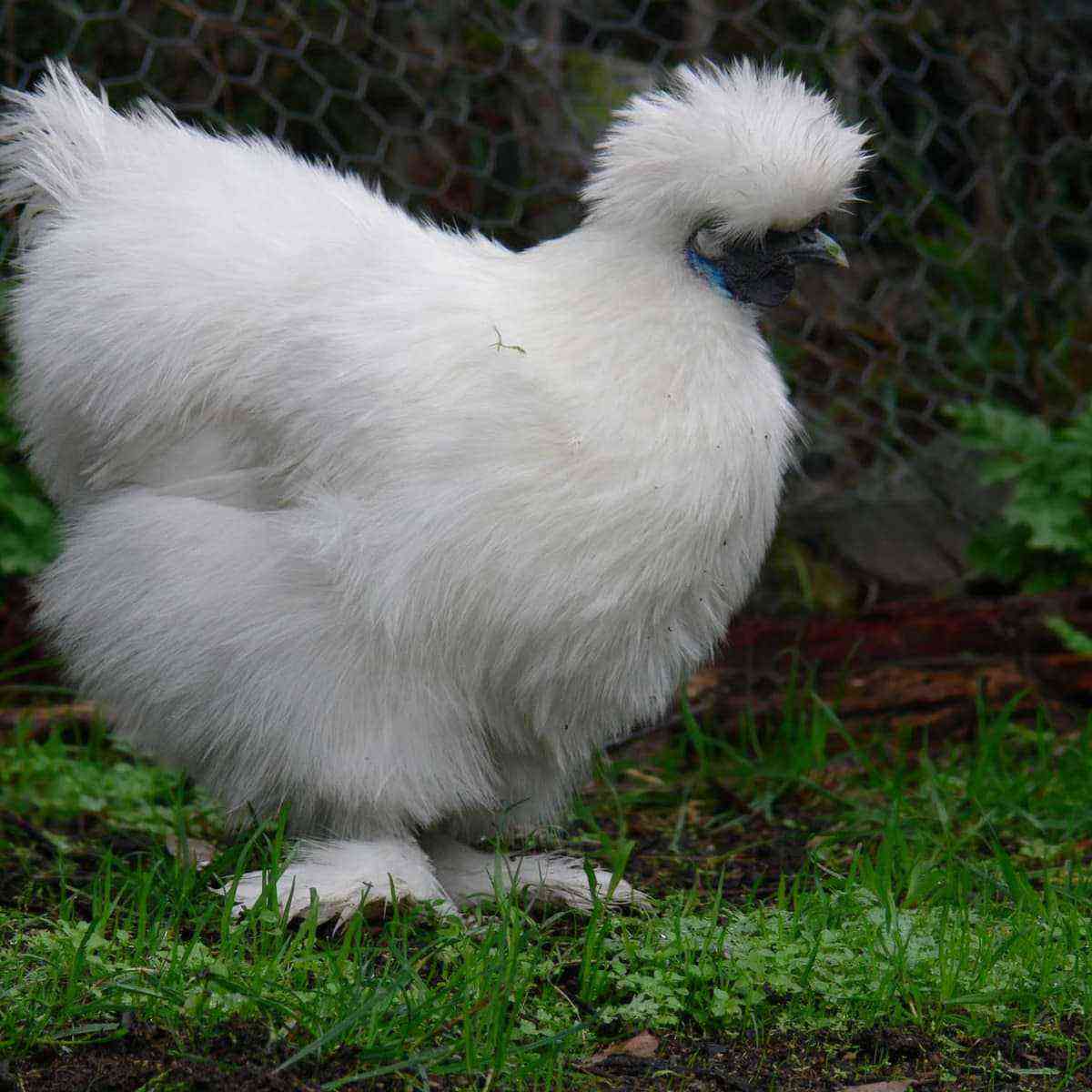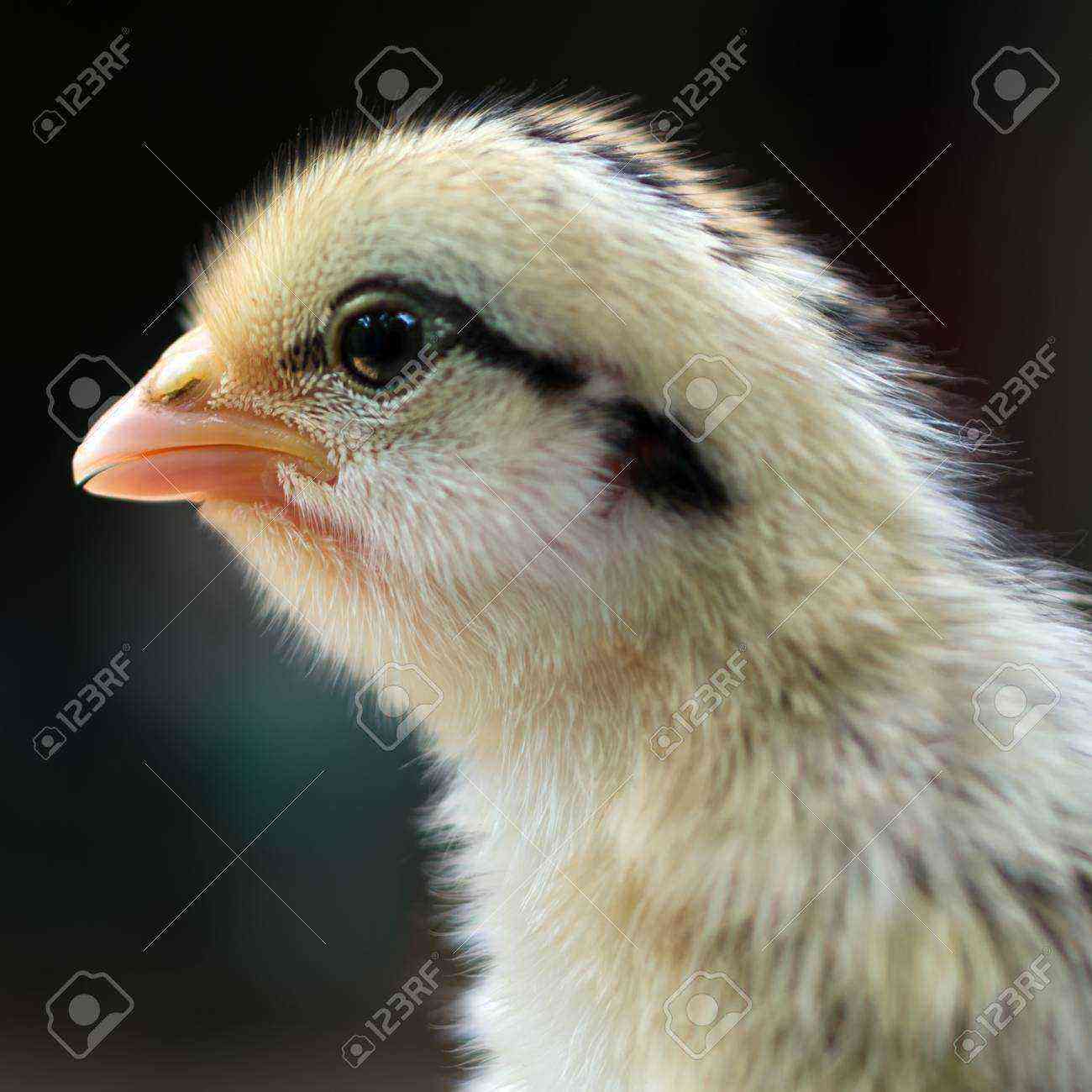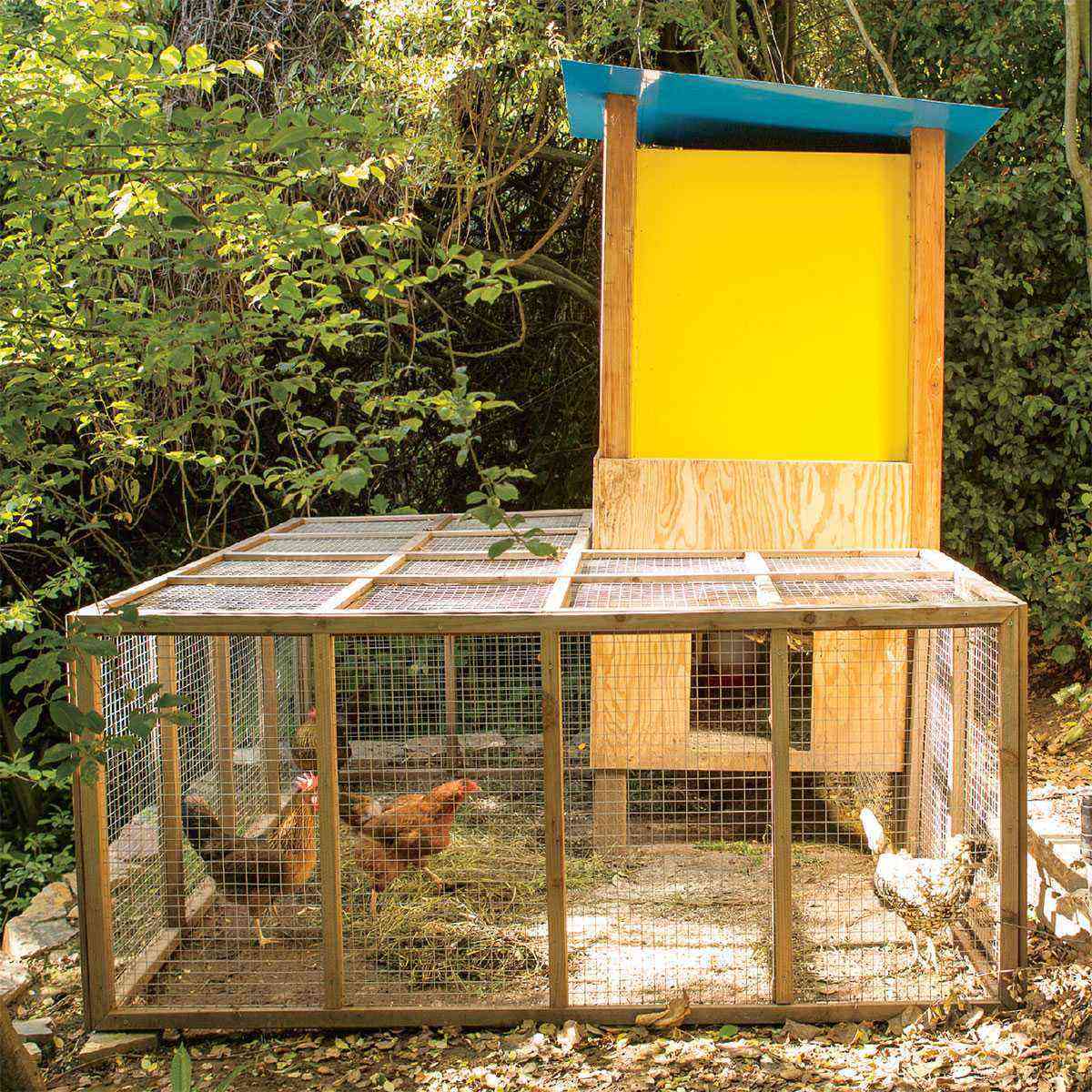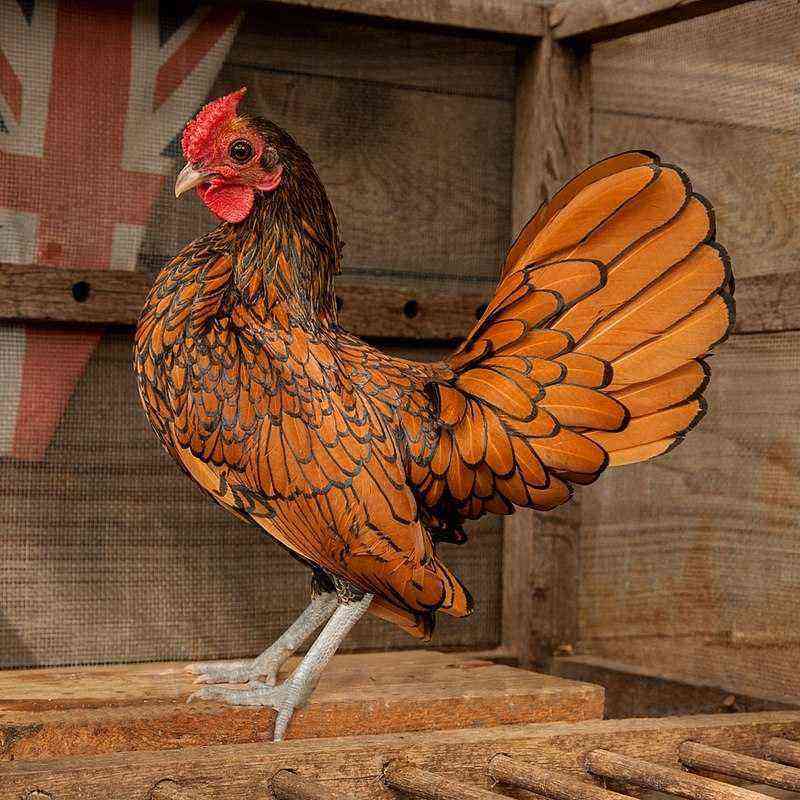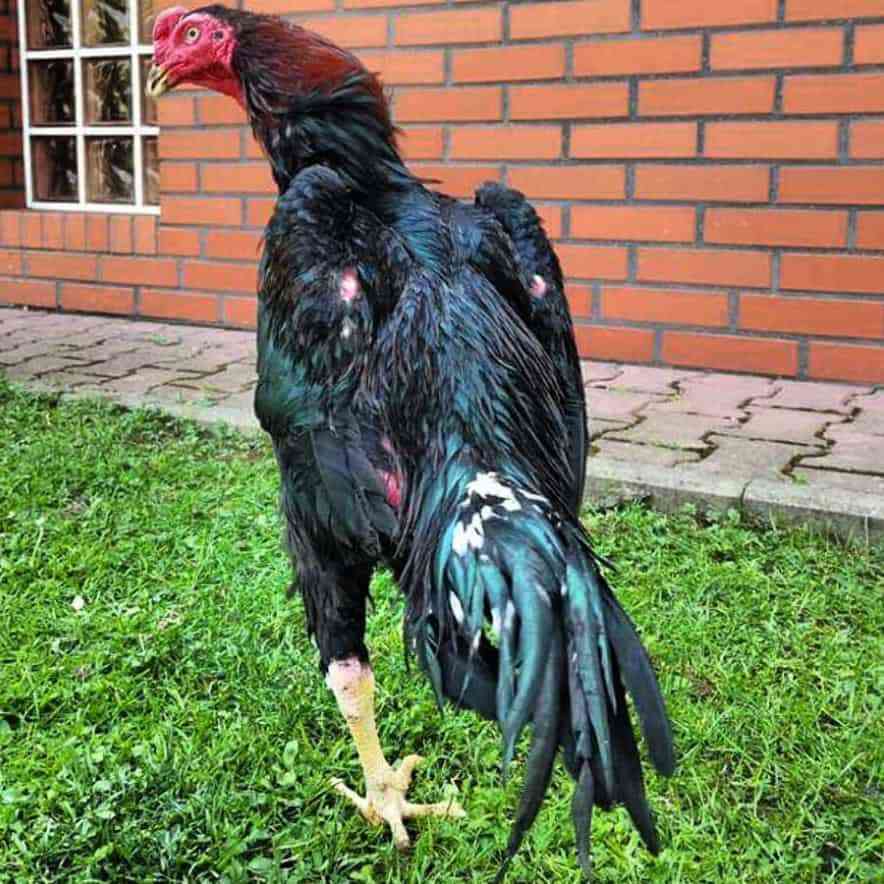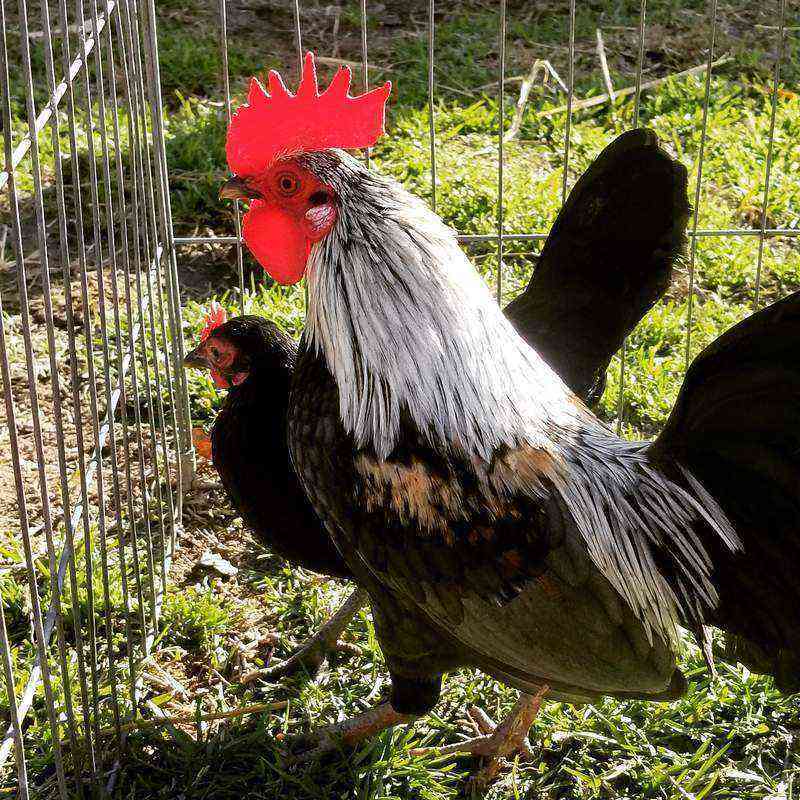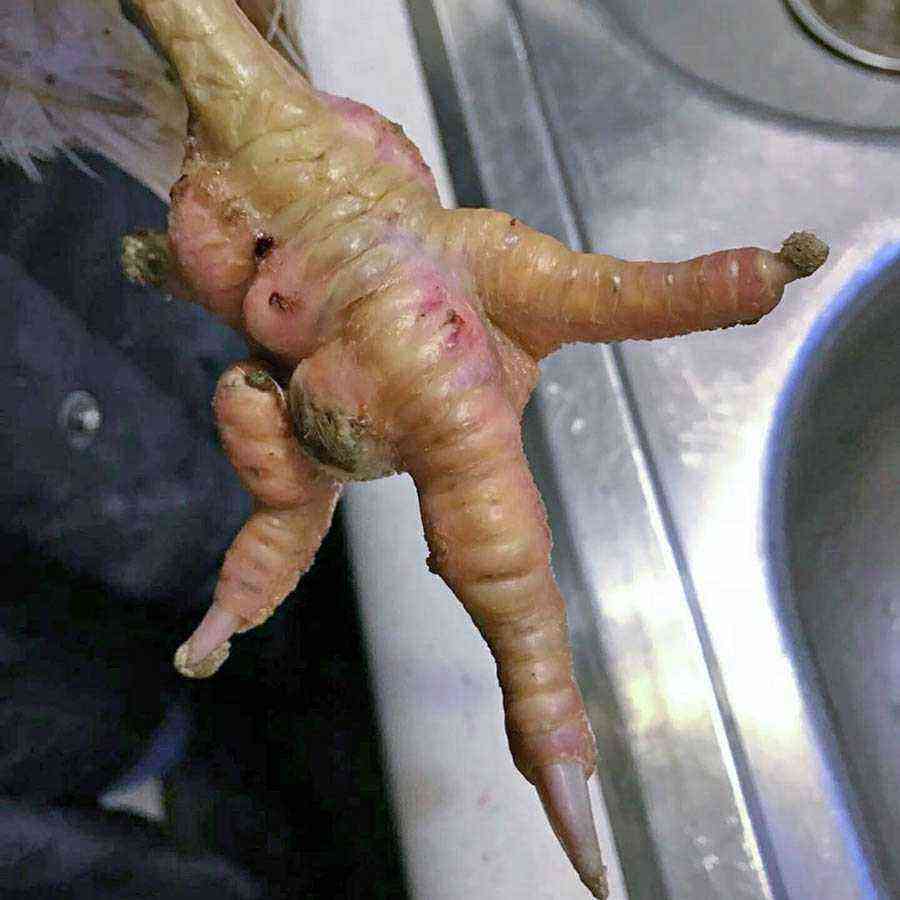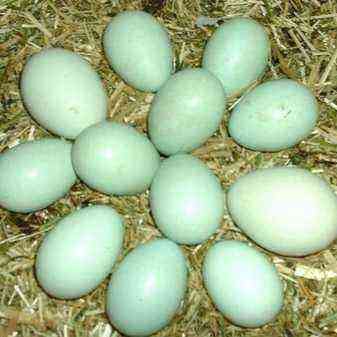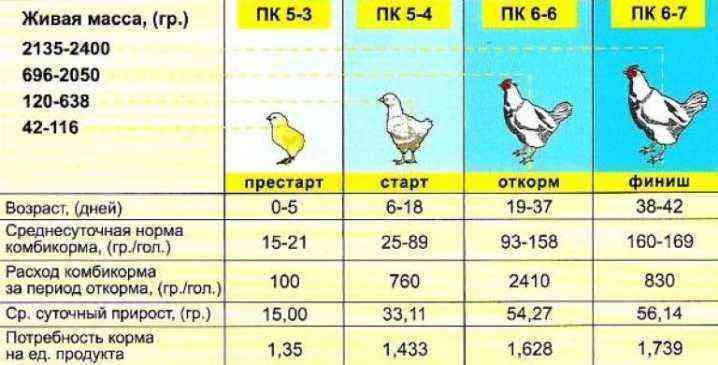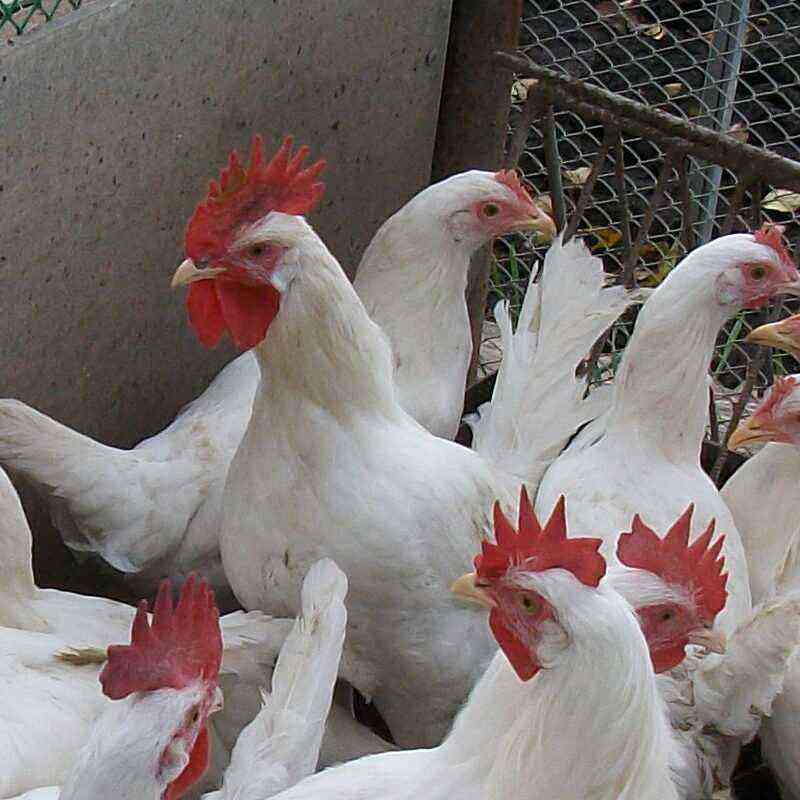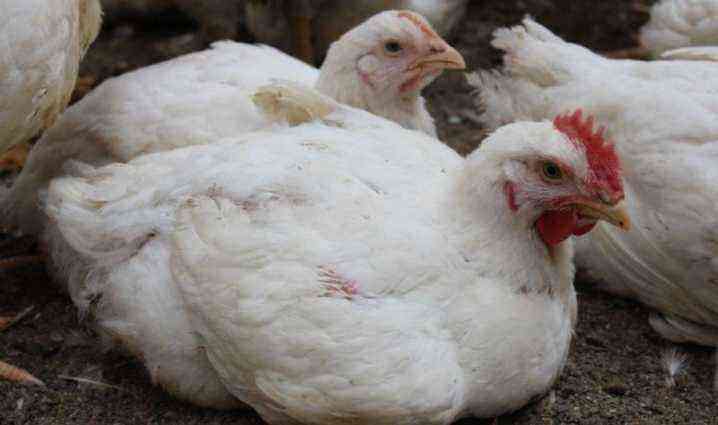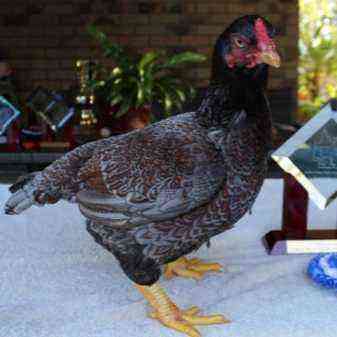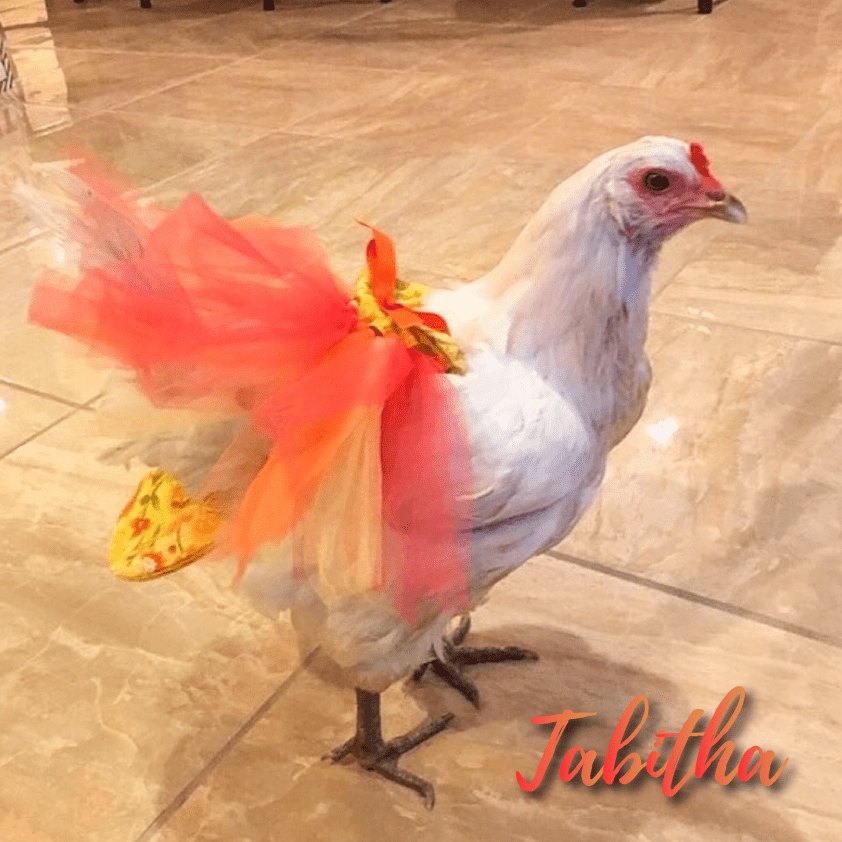Trichomoniasis is a viral disease in which unicellular parasites, getting into the oral cavity, goiter, esophagus, stomach and other organs, are attached to the surface of cells by means of a special protein substance and subsequently exist on them. They are the cause of the appearance of ulcers and diphtheria inflammatory processes in their habitats.
The carriers of the virus are pigeons. Therefore, you should exclude the possible contact of your domestic feathered pets with this wild bird. Trichomoniasis, as a rule, infects young individuals up to thirty days of age. Chickens do not have immunity to the disease, which often leads to the death of almost the entire poultry population. However, the virus is treatable. The main thing is to determine it in a timely manner and begin to act, then serious losses can be avoided.
The first signs of infection with trichomoniasis become noticeable after a week, sometimes earlier – on the third or fourth day. The disease can be acute or chronic. In the acute course of the disease, chickens lose their appetite, it is difficult for them to eat and swallow food, they sleep a lot, lower their wings, look depressed, their plumage is ruffled. Sick individuals begin to limp, they have an unsteady gait, light yellow diarrhea with bubbles and a sharp, very unpleasant odor opens. In some cases, in a bird with trichomoniasis, the mucous membrane of the eyes becomes inflamed and a yellow liquid flows from the oral cavity.
Upon careful examination of feathered pets, one can see curd-shaped overlays in the mouth, which are not easy to remove, but when removed, an ulcer opens in their place, quite deep and bleeding. Such ulcers in case of trichomoniasis are formed not only in the mouth of chickens, but also in all organs in which parasites live. This can lead to a blockage or opening of the stomach, esophagus, or cecum. Infected individuals may develop peritonitis, pericarditis, and blood poisoning. They transmit the virus through the water and feed they eat with other hens in the same house.
Chronic trichomoniasis is more difficult to recognize, since it is accompanied only by a decrease in the weight of the bird and its baldness (complete or partial).
Trichomonas die under ultraviolet rays after four to five hours, live in chicken droppings for up to four days and endure low temperatures very stubbornly – up to -60 degrees. These parasites can be fought with chemicals: organotska, rivanol or formalin. Disinfection occurs a few minutes after the administration of the drug. The most effective drugs against this disease are metronidazole, nitazole and furozalidon.
Prevention of the appearance of trichomoniasis implies the protection of poultry from contact with pigeons, most of which are carriers of the virus. At the first signs of infection, sick individuals should be isolated and removed from the chicken coop, and the room, drinkers, feeders should be thoroughly disinfected. It is also very important to maintain the immunity of feathered pets, including all the necessary vitamins and minerals in their diet.
